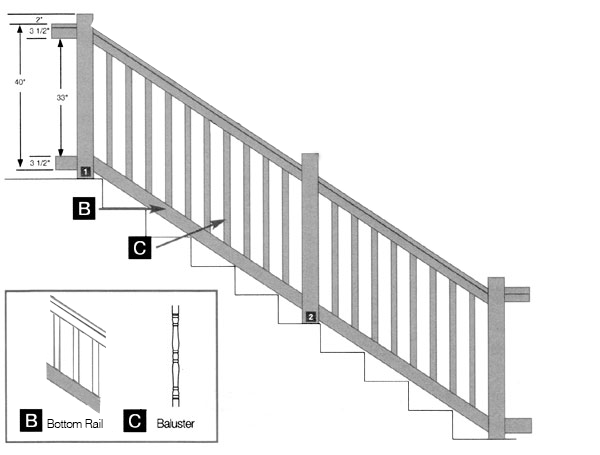The bottom rail is that part of a railing system that rests beneath the balusters or panels and supports them. This is useful in offering some form of stability, support, and safety for accessing the various floors, especially in residential buildings and business enterprises. The bottom rail is in direct contact with the treads and risers of the stairs, it serves the important purpose of ensuring the stability of the vertical components of the railing.
Key Benefits:
- Safety: Ensures the railing system is stable, reducing the risk of falls.
- Durability: Made from strong materials to withstand regular use and environmental factors.
- Aesthetic Appeal: Contributes to the overall look of the staircase by providing a finished and cohesive appearance.
Applications:
- Ensures secure and stable railings in home staircases, decks, and balconies.
- Provides safety and stability in offices, hotels, and public buildings.
- Used in schools, hospitals, and other facilities for reliable staircases.
The bottom rail is the lower member of a railing system that supports the balusters or panels, providing stability and safety.
OSHA Compliance for Bottom Rails
OSHA outlines the measures to be taken to make sure that the railing systems, the bottom rails inclusive, offer the standard safety measures. Key points of OSHA compliance include:
- Height and Strength Requirements: Vertical bar systems must be a certain length and sturdiness to fulfill the safety aspect.
- Proper Installation: Properly install bottom rails to securely support the balusters or panels.
- Regular Inspections: Railing systems should be regularly inspected to ensure they remain in good condition and free from damage.





